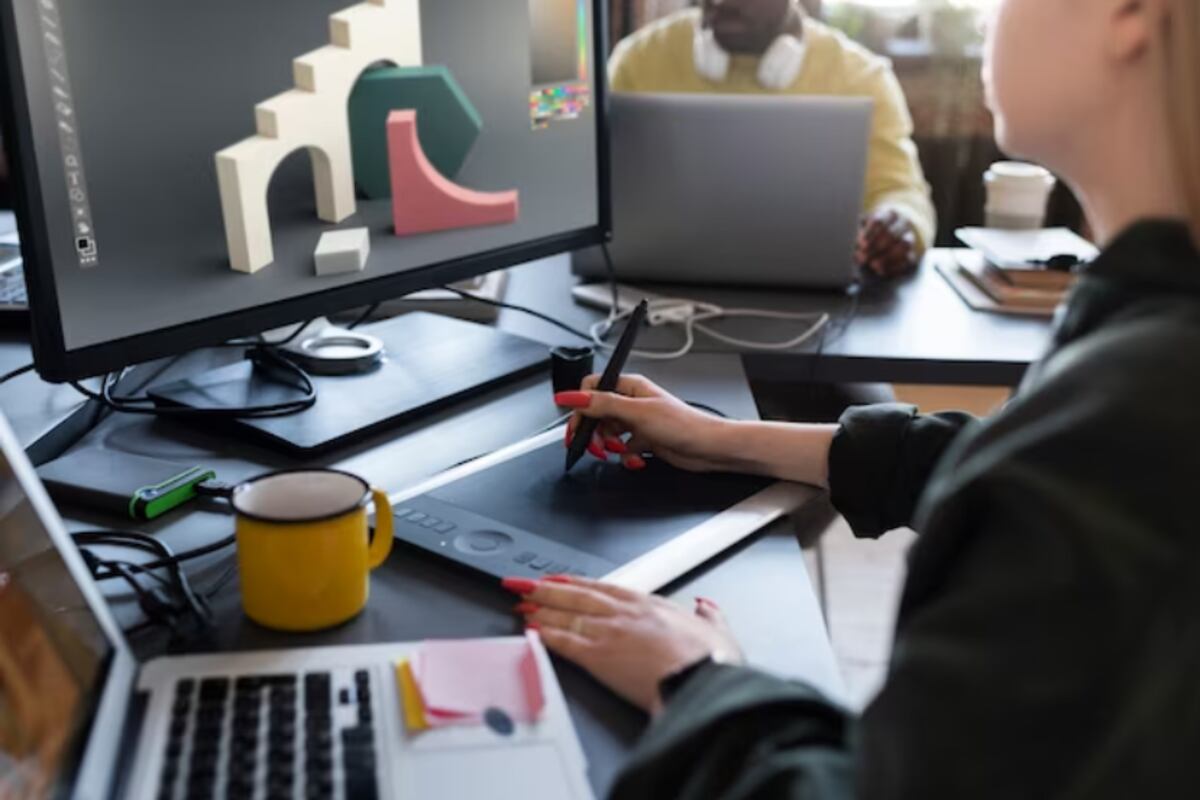

Customers’ expectations and needs should guide all aspects of your design. Begin by conducting extensive research to build realistic buyer personas for your target audience. Read the Best info about perth graphic designer.
Logos can be seen across numerous mediums, so your design should take into account how it will appear on business cards, posters, and other printed materials. Consider creating something with lasting power so your logo remains effective year after year.
Selecting the appropriate colors in logo design is of great significance. Not only can color influence how people perceive your brand and feel about it, but different hues evoke different emotions, thus making research on competitors and industry essential in understanding which hues resonate most with target audiences.
Consider how your logo will be utilized as well. Your logo could end up on websites, print materials, social media channels, and all manner of branded material; thus, it must be flexible enough to work well across these formats while remaining legible at small sizes if it contains text.
Finally, don’t be afraid to be unconventional when choosing colors for your logo – as long as they represent who your business truly is and fit with the character of its personality, there is nothing wrong with being different!
Once you have your initial concepts chosen, take time to create digital designs of them. It may also be wise to produce simple black-and-white versions so that you can concentrate on the shape and composition of the logo. Don’t forget to test out different backgrounds and colors so your logo looks good in all situations!
Font choice can have an enormous influence on the atmosphere and feeling of any logo design; for instance, decorative fonts may project more luxuriousness, while more professional fonts may communicate a more sophisticated message.
Font selection also sets a hierarchy and draws attention to critical components in the design, helping designers communicate clearly to customers and clients and leaving a memorable first impression that can propel business.
Font selection should also consider small sizes, particularly for print media logos. Fonts with thin strokes or extreme contrast may become unreadable at smaller sizes, which is easily avoided by asking a friend or colleague to check your font at different sizes.
Logos provide the first impression potential customers, clients, or partners have of any brand and can have a profound effect on whether or not they choose to engage with it. A poorly chosen font could send the wrong message about what the business represents – which is why getting outside opinions before finalizing one design decision can be invaluable.
When choosing a symbol for your logo, you must consider its message and how it connects to your brand’s values. Keep in mind that certain symbols may have different interpretations in different cultures – an owl may represent intuition and wisdom in one country, while it could also serve as a bad omen in another. It is also crucial that research be done regarding cultural context when making this decision, mainly if your plans include international expansion.
Symbols can help your brand tell its story and connect with its audience on a deeper level. They also establish a connection to nature – for instance, plants and flowers often symbolize life, renewal, and growth, while olive branches symbolize peace and hope. Furthermore, adding cultural or historical elements to your symbols can enhance their appeal and resonance with audiences.
Integrating symbolism into your design can spark innovation. Technical constraints – like needing an image to scale or legible in various formats – provide opportunities to push creative limits and develop innovative solutions. Cultural or brand restrictions may also stimulate your imagination, helping create brand-aligned symbols like Apple or Harley Davidson, which have made iconic brand emblems that reflect their respective ethos and core values.
An effective business logo must captivate its customers in seconds, standing out from its competition and instantly recognizable by customers who encounter it elsewhere (whether social media, advertisements, product packaging, etc.). They should also be able to describe it when seen elsewhere – for instance, on social media sites, advertisements, or products themselves.
Graphic designers typically begin the creative process with rough ideas and sketches before refining their concepts using design software such as Adobe Illustrator to refine them further. With Adobe Illustrator, they can then develop multiple variations of their designs and choose which works best with real people for testing purposes before selecting and making final changes accordingly.
Next, they need to consider where their business logo will be utilized; this might require scaling up or down for various applications like website banners, letterheads, or lapel pins. Furthermore, it must be easily legible from both far away and close up, in both large and small sizes; wordmark and symbol designs should work harmoniously together (known as logo lockup) rather than clashing and clashing against one another.
Some designers may wish to add an unexpected splash of personality into their clients’ logo designs, such as adding humor. Although this might not always be suitable, particularly for businesses in industries like weapons or tobacco manufacturing, humor can set your business apart from its competition.
Read Also: Benefits of Studded Dirt Bike Tires
As the temperature rises and humidity increases, your skin undergoes several changes. The summer heat…
As artificial intelligence (AI) continues to evolve at a rapid pace, it is transforming the…
Welcome to the exhilarating world of QQDewa Gaming, where esports isn't just a game, but…
Internet Protocol Television (IPTV) has transformed how we consume media. Particularly in France, IPTV platforms…
Understanding the concept of medical tattoos is essential before delving into Katherine McCann's groundbreaking work.…
The allure of winning the lottery is universal, captivating the imaginations of individuals across the…
This website uses cookies.